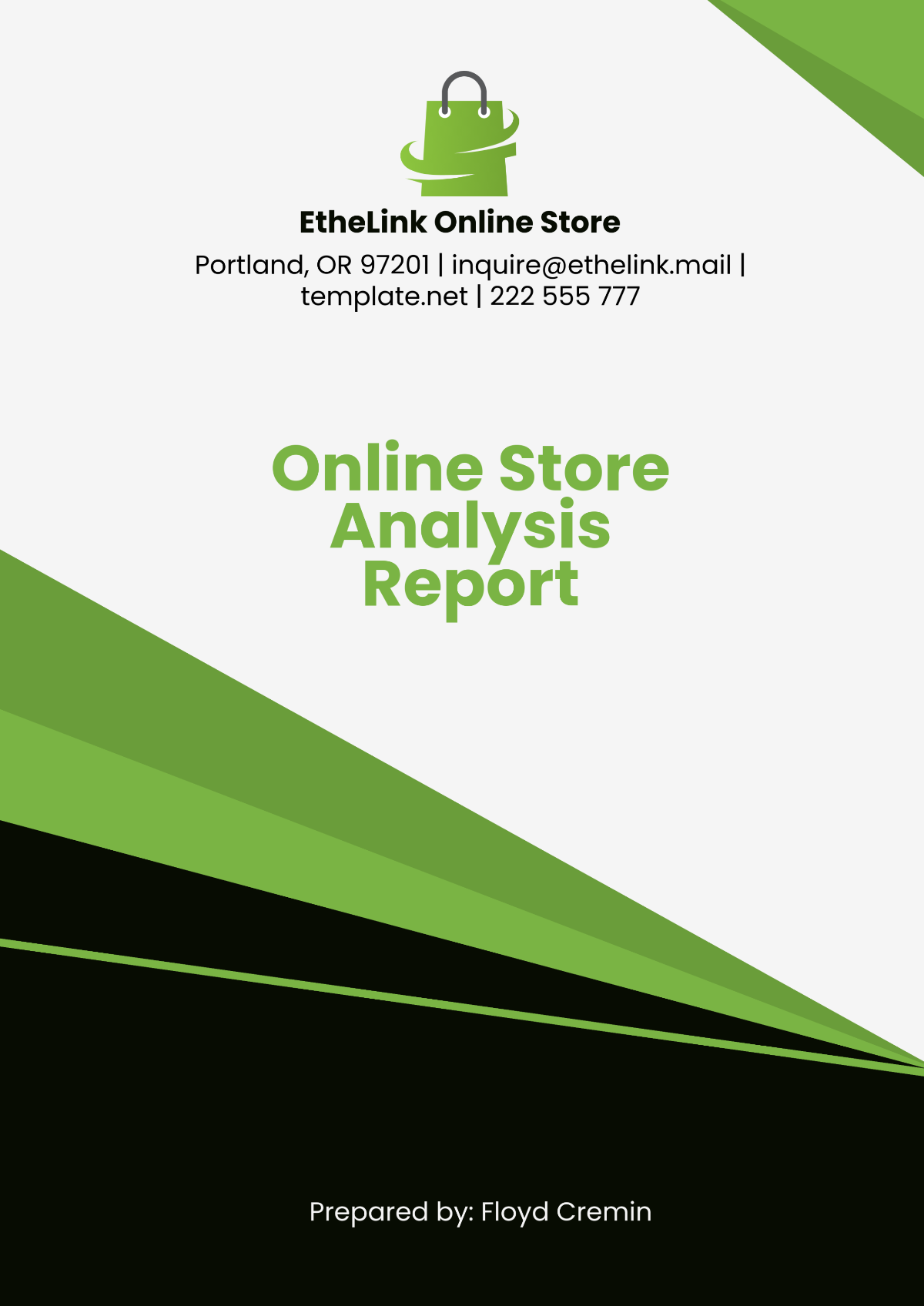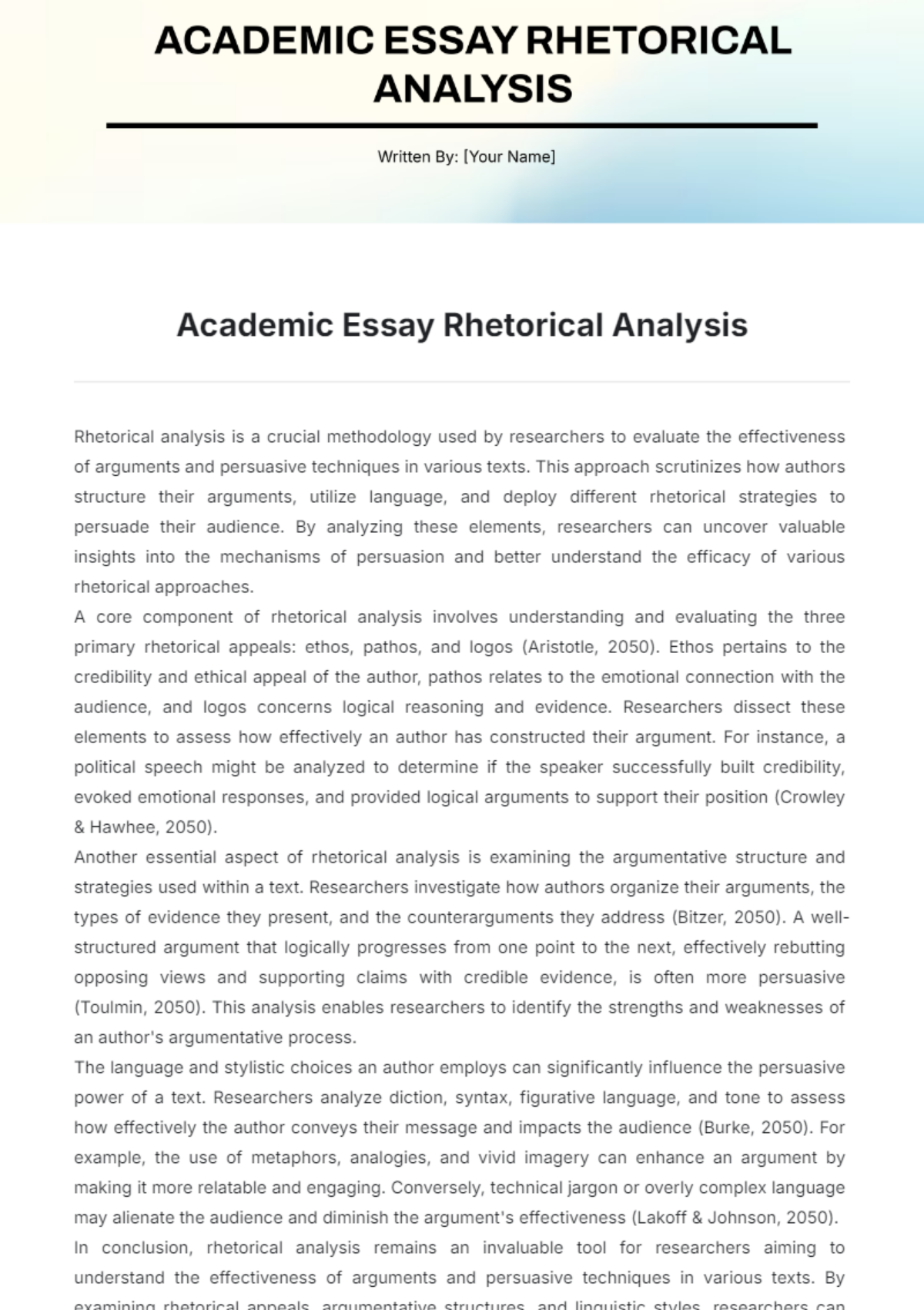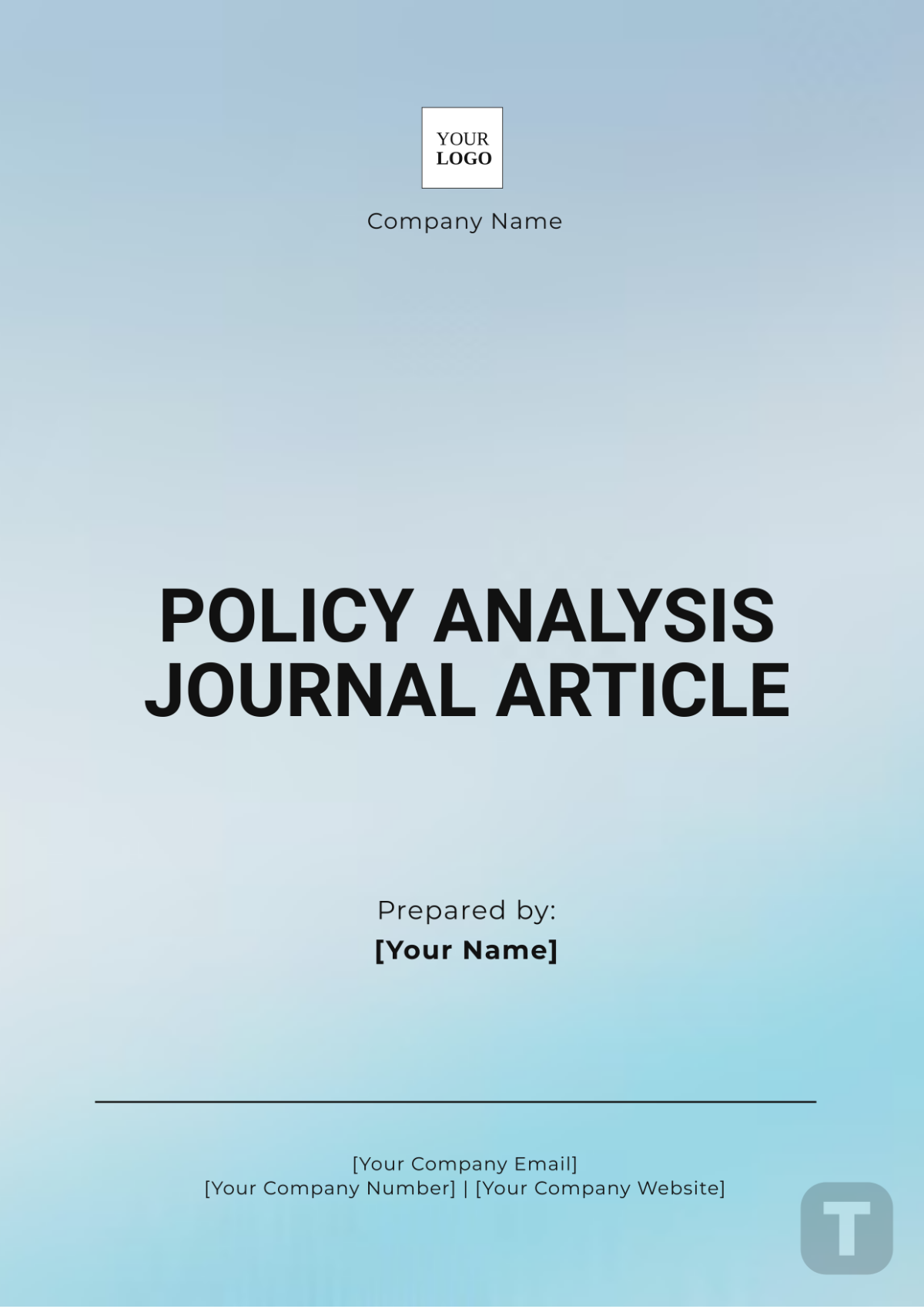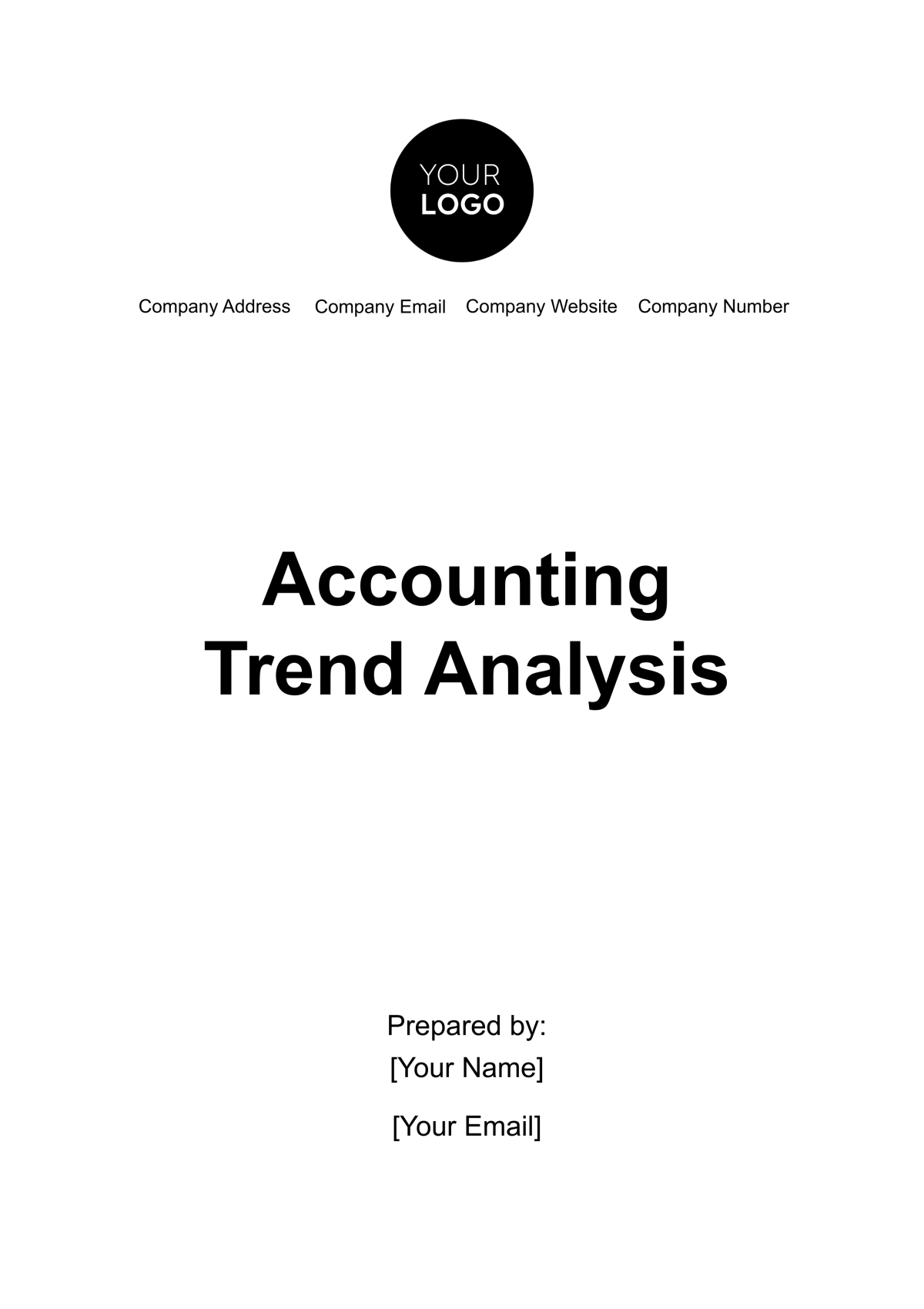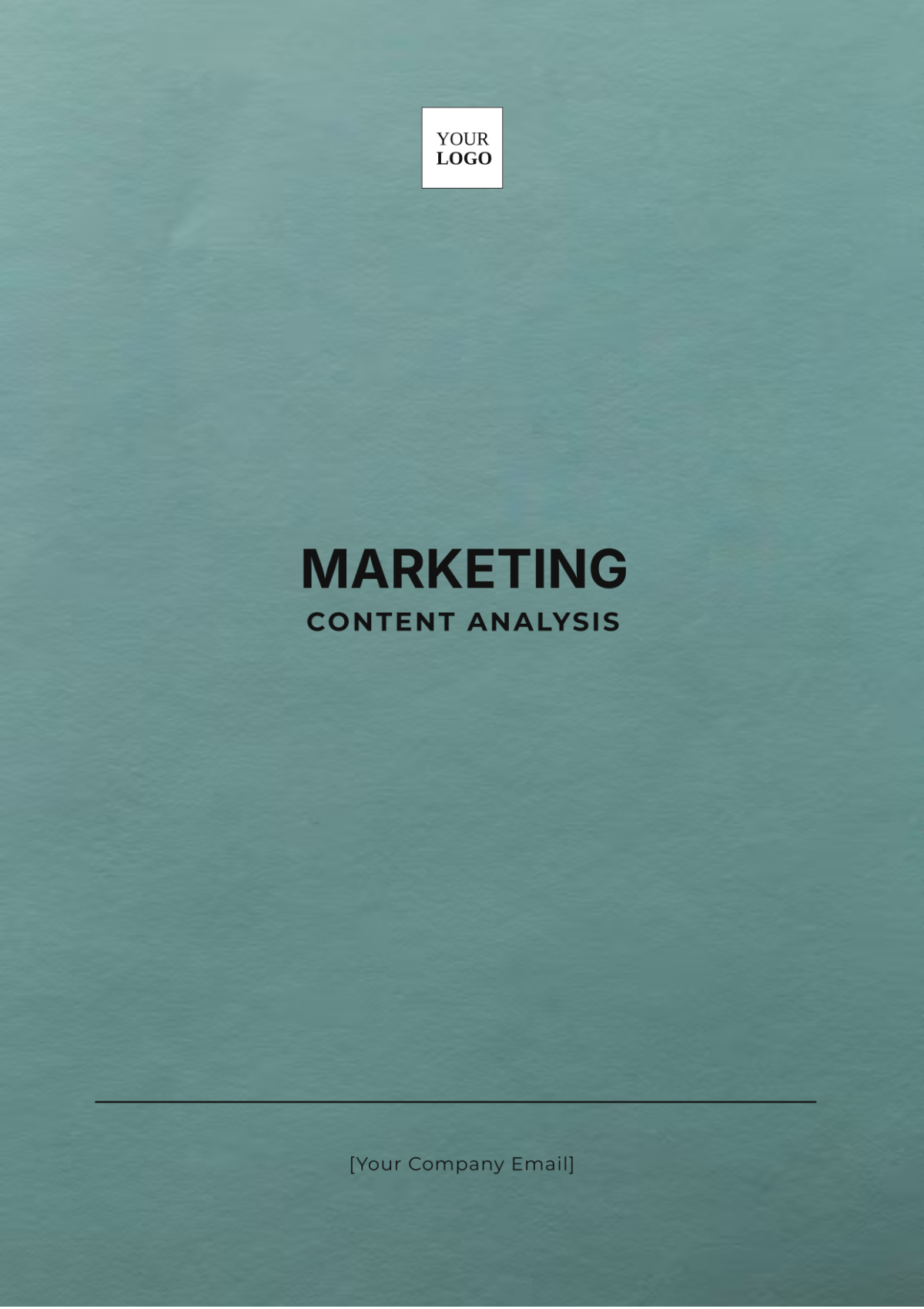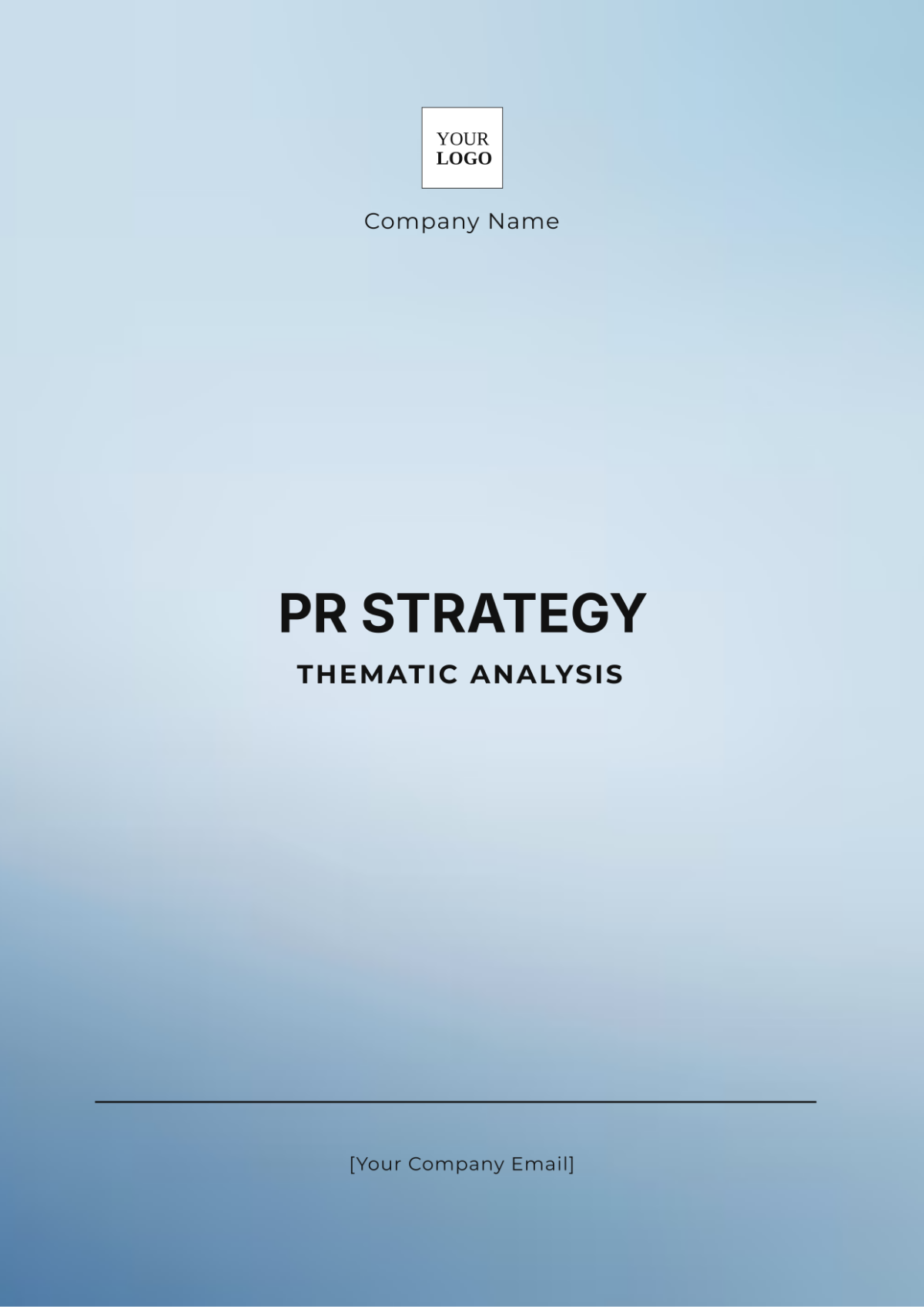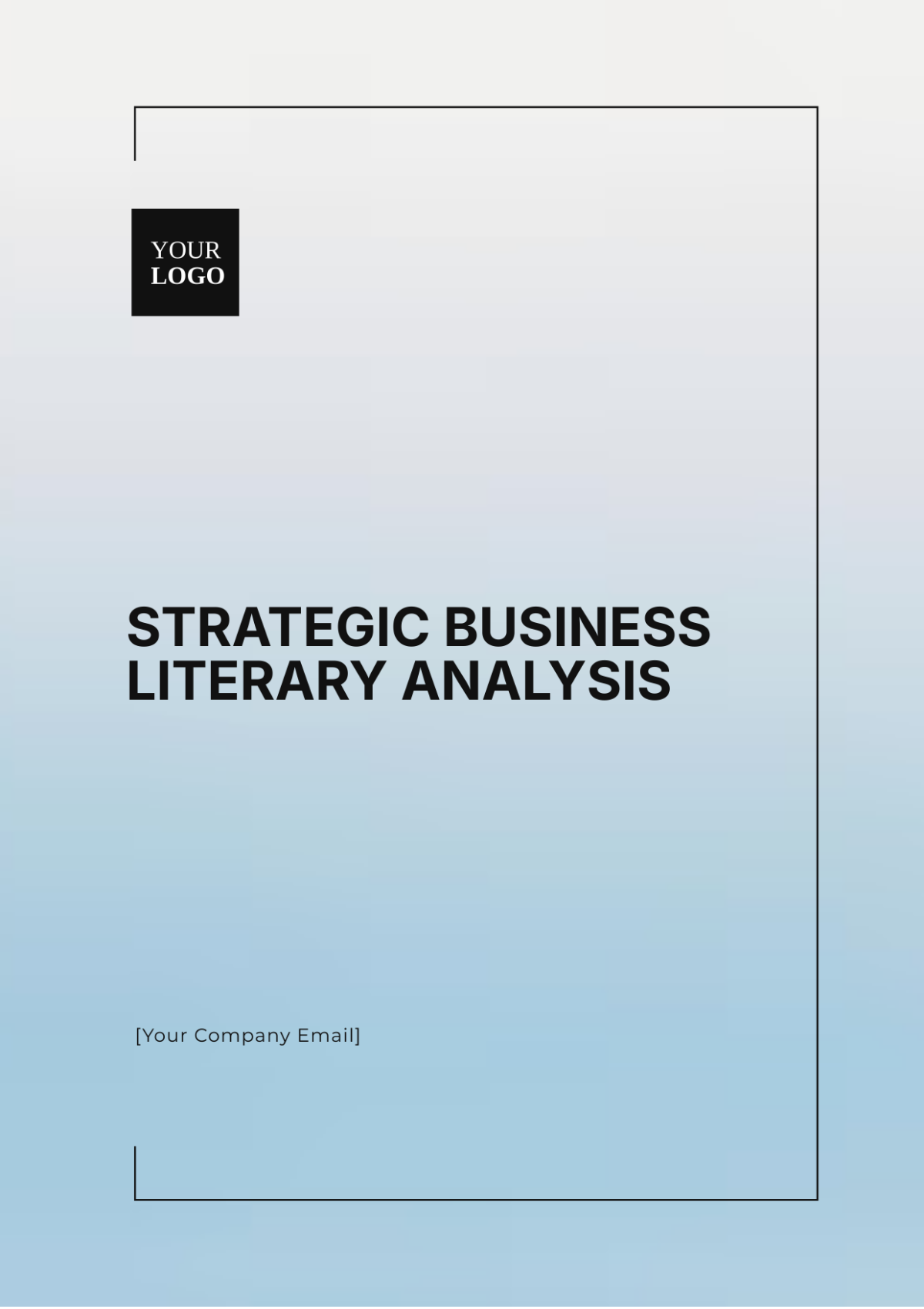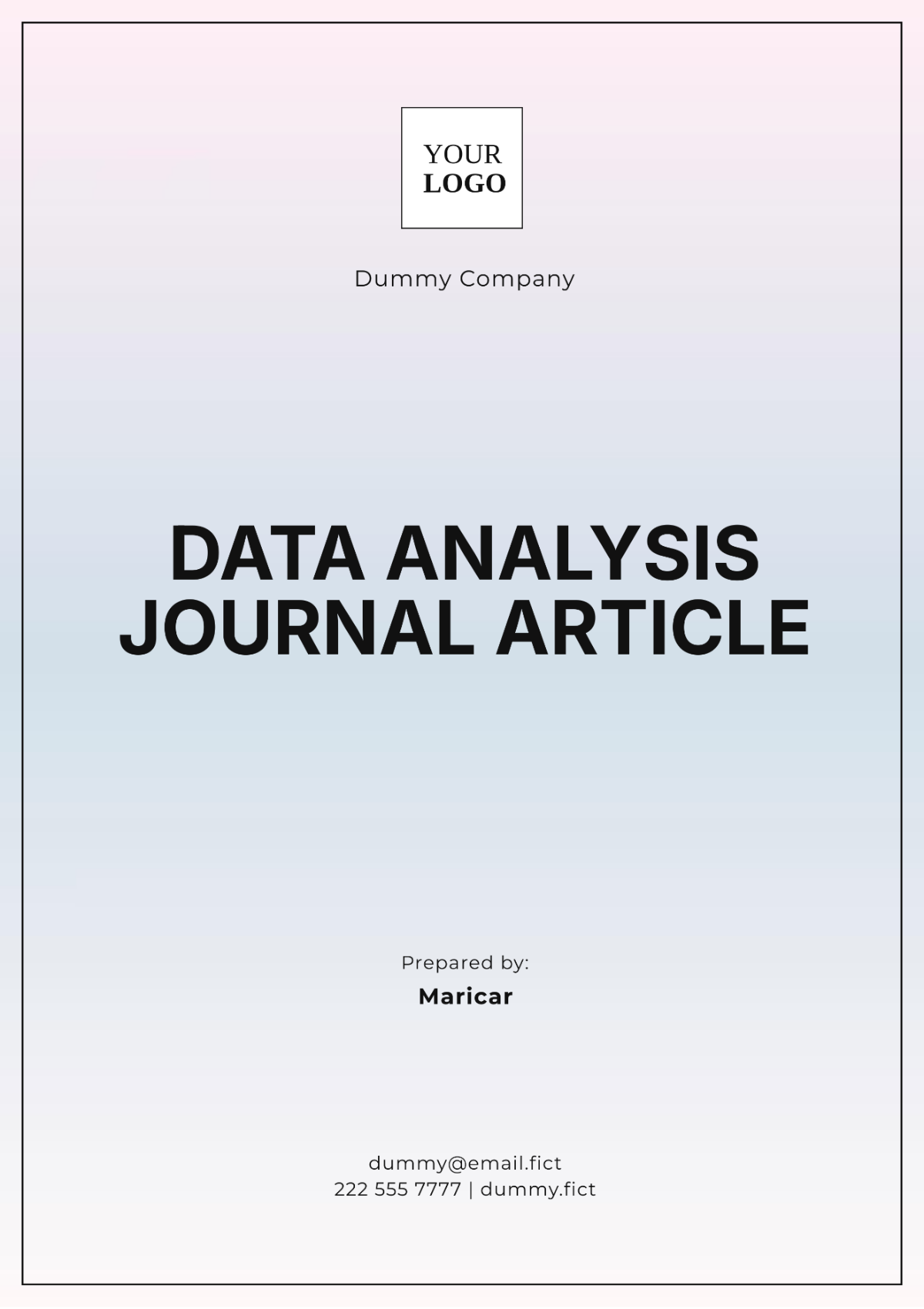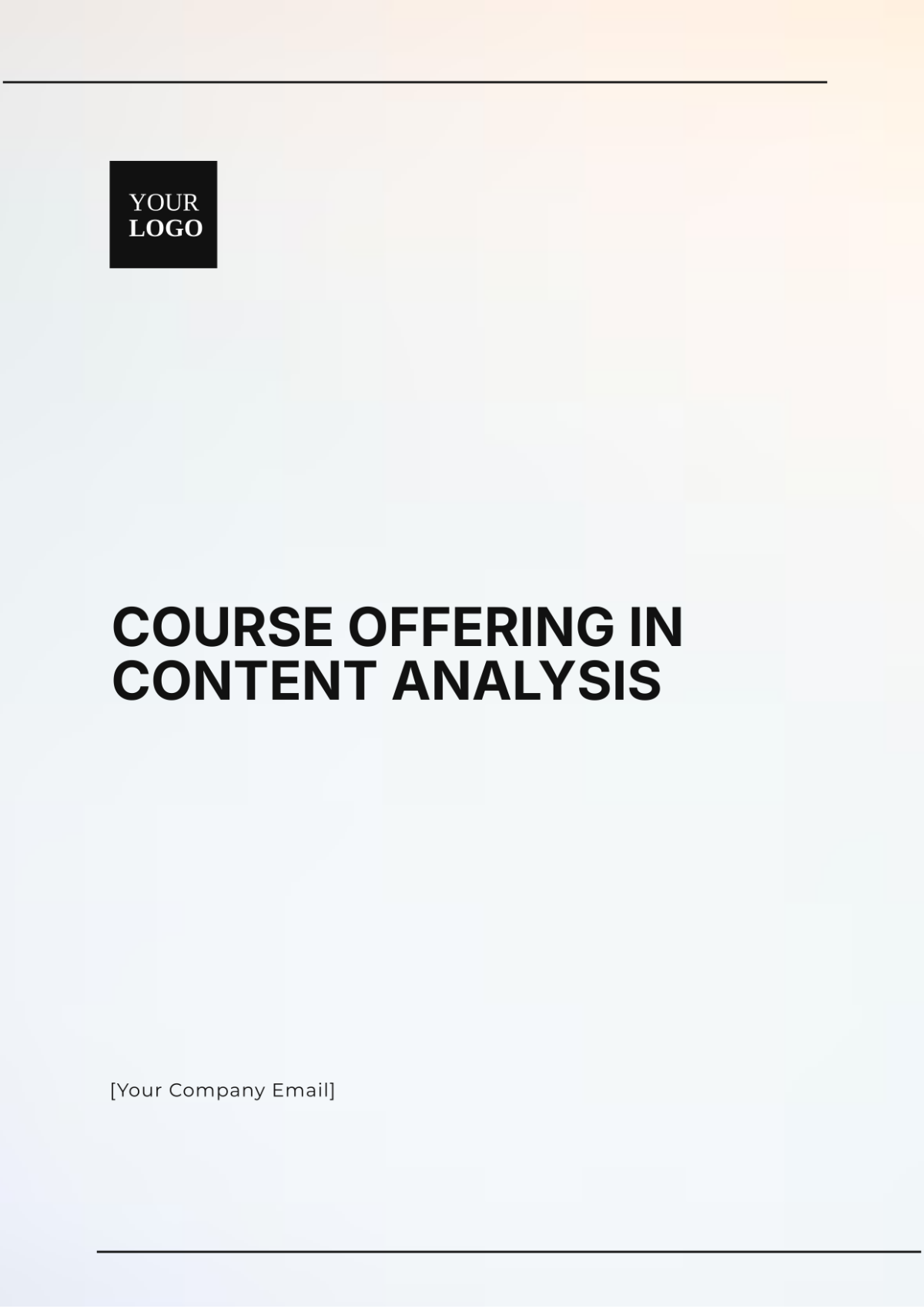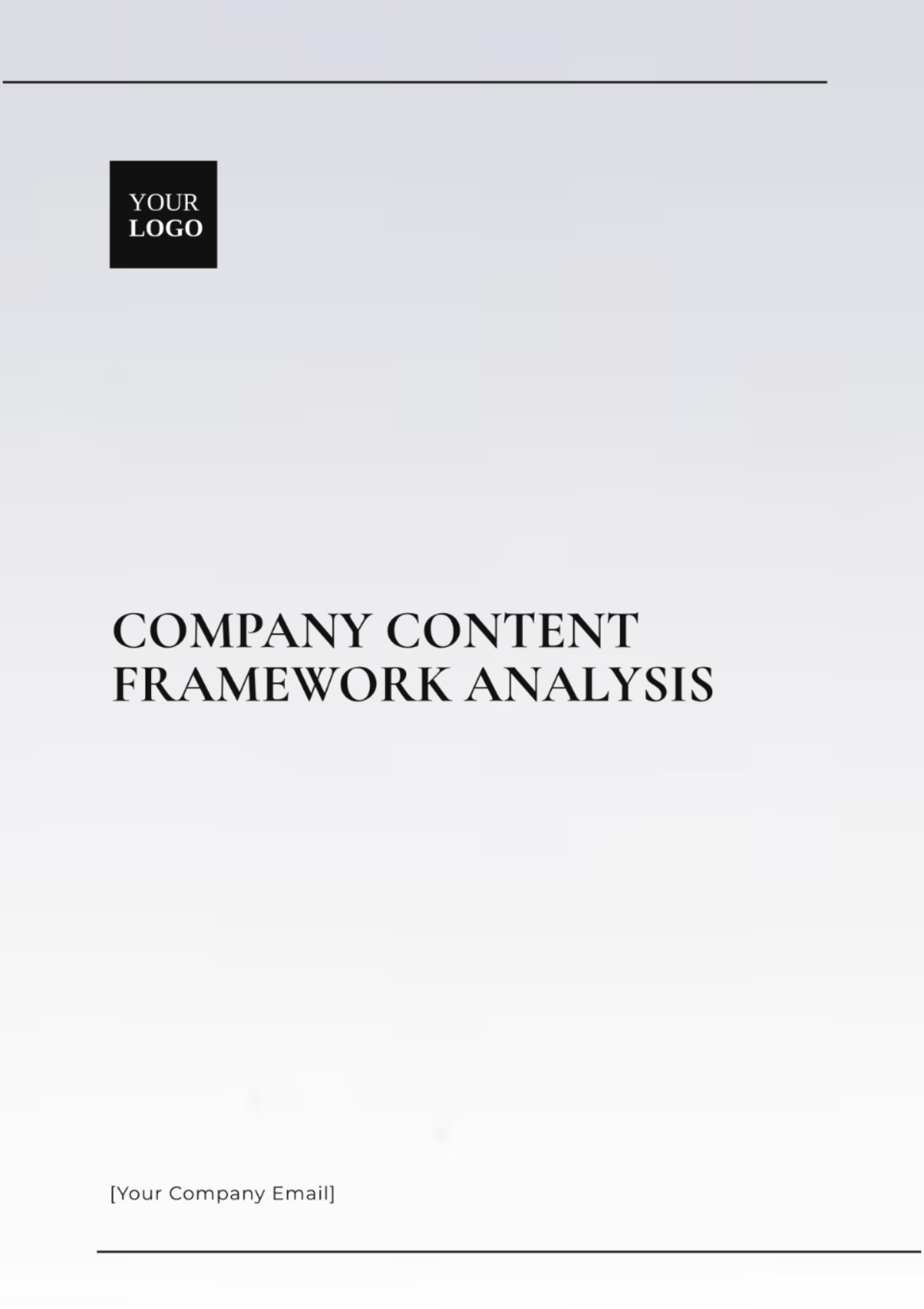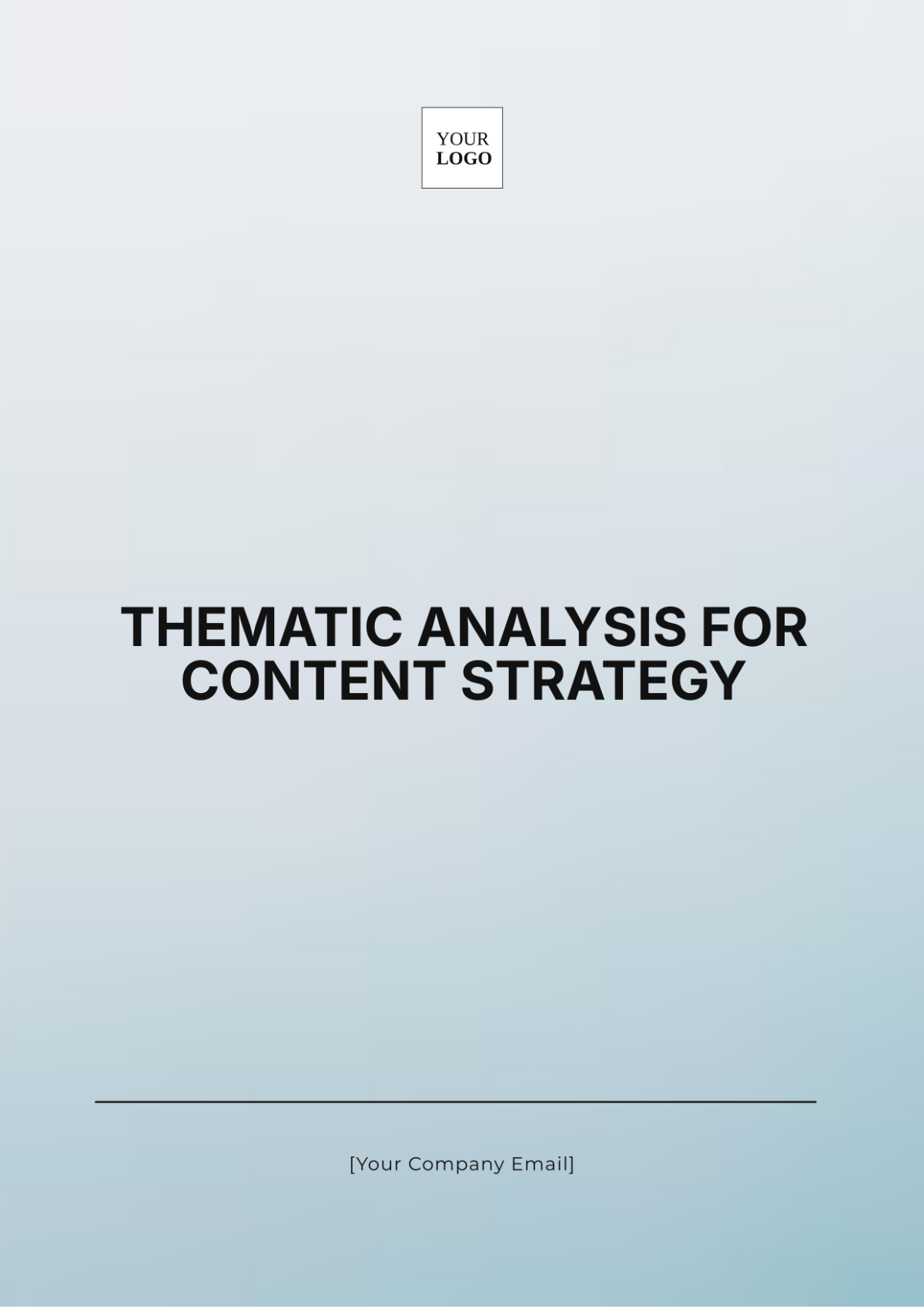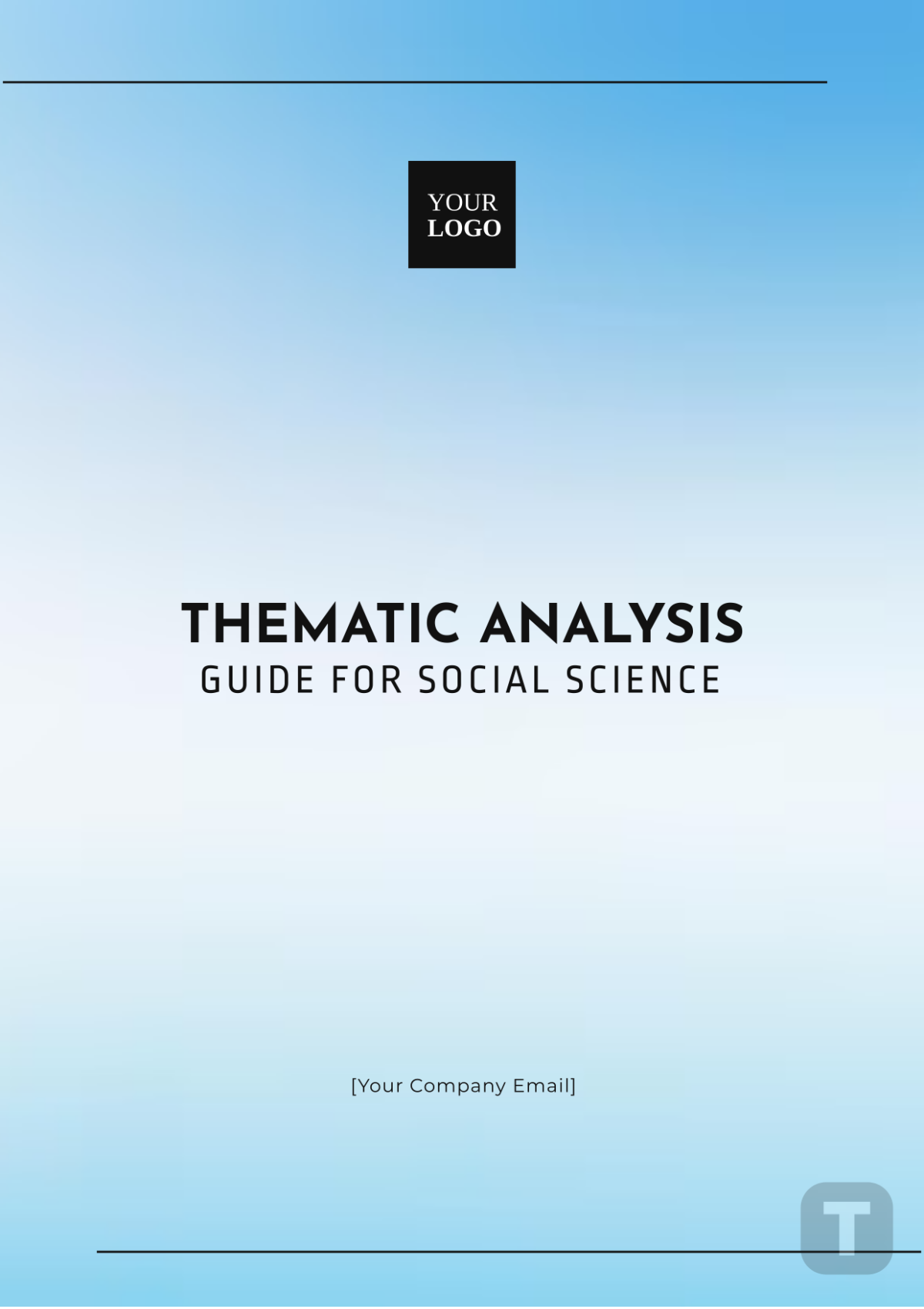Website Competitor Analysis
Prepared By : | [Your Name] |
Company : | [Your Company Name] |
Department : | [Your Department] |
I. Introduction
In this Website Competitor Analysis, we delve into the online landscape of [Your Company Name] to provide valuable insights into the strategies and performance of competing websites. This analysis aims to equip stakeholders including business owners, marketing teams, product managers, and executives with actionable intelligence to enhance our digital presence and competitive edge.
A. Industry Overview
The [Your Industry] sector has witnessed significant growth in recent years, driven by increased digitalization, changing consumer preferences, etc. However, this growth has also intensified competition among businesses striving to capture market share in the online space.
B. Purpose of Analysis
The primary objective of this Website Competitor Analysis is to:
Identify strengths and weaknesses of competing websites.
Uncover opportunities for improvement in our digital strategy.
Benchmark our performance against industry rivals.
Inform strategic decision-making to gain a competitive edge.
II. Methodology
Our analysis is based on a comprehensive examination of various aspects of competing websites, including design, content, SEO tactics, traffic sources, engagement metrics, and user experience. Data was collected using a combination of website analytics platforms, competitive analysis tools, and industry reports.
A. Data Collection
We utilized tools such as Google Analytics, SEMrush, and SimilarWeb to gather quantitative data on website traffic, engagement metrics, and SEO performance. Additionally, qualitative data on design, content, and user experience were gathered through manual inspection and user feedback analysis.
B. Metrics Evaluated
The following metrics were evaluated for each competitor:
Design: Visual appeal, layout, navigation.
Content: Quality, relevance, frequency of updates.
SEO Tactics: Keyword optimization, backlink profile, on-page SEO.
Traffic Sources: Organic search, referral traffic, social media.
Engagement Metrics: Bounce rate, average time on site, conversion rates.
User Experience: Mobile responsiveness, load times, ease of navigation.
III. Competitor Profiles
In-depth profiles of each competitor, providing comprehensive insights into their online strategies and performance.
A. Competitor 1
1. Overview
Website: www.competitor1.fict
Target Audience: Competitor 1 targets young professionals aged 25-40 seeking affordable yet trendy fashion apparel.
Key Features: Competitor 1 offers a user-friendly interface, personalized recommendations, and a hassle-free checkout process.
2. Performance Metrics
Website Traffic: 500,000 visits
Engagement Metrics: 5 minutes, Bounce Rate: 30%
Conversion Rates: 3.5%
3. Analysis
Detailed analysis of Competitor 1's design, content, SEO tactics, traffic sources, engagement metrics, and user experience will include examining factors such as website layout, visual appeal, content quality and relevance, keyword optimization, backlink profile, sources of traffic, bounce rates, average time spent on site, conversion rates, and overall user experience. This analysis aims to provide insights into Competitor 1's strengths, weaknesses, and opportunities for improvement, ultimately informing our digital strategy.
B. Competitor 2
1. Overview
Website: www.competitor2.fict
Target Audience: The target audience consists of outdoor enthusiasts and adventurers seeking high-quality camping gear and equipment for their outdoor pursuits.
Key Features: Distinguishes itself with an extensive product catalog featuring top-of-the-line camping gear, informative blog content providing expert advice and tips for outdoor activities, and a seamless shopping experience with easy navigation and secure checkout process.
2. Performance Metrics
a Website Traffic: 300,000 visits
Engagement Metrics: 4 minutes, Bounce Rate: 40%
Conversion Rates: 4%
3. Analysis
The detailed analysis of Competitor 2's design, content, SEO tactics, traffic sources, engagement metrics, and user experience will involve a comprehensive examination of factors such as website layout, visual appeal, content quality and relevance, keyword optimization, backlink profile, sources of traffic, bounce rates, average time spent on site, conversion rates, and overall user experience. This analysis aims to provide insights into Competitor 2's strengths, weaknesses, and opportunities for improvement, guiding our digital strategy
IV. Analysis Findings
Summary of key findings and insights derived from the Competitor Analysis.
A. Strengths
Strong Brand Identity: Consistent visual style and messaging.
High-Quality Content: Valuable and engaging content.
Effective SEO Tactics: High search engine visibility.
Engaging User Experience: Intuitive navigation and personalized recommendations.
B. Weaknesses
Poor Website Navigation: Confusing layout.
Limited Content Updates: Infrequent updates.
Slow Page Load Speed: Performance issues.
Inconsistent Brand Messaging: Lack of coherence.
V. Recommendations
Actionable recommendations for enhancing our own digital presence and competitive strategies based on the analysis findings.
A. Design and User Experience
Simplify website navigation for easier user journey.
Optimize page loading speed to reduce bounce rates.
Implement responsive design for the seamless mobile experience.
Enhance visual appeal with modern and cohesive design elements.
Incorporate user feedback for iterative improvements.
B. Content Strategy
Increase content frequency to maintain user engagement.
Diversify content types (e.g., videos, infographics) for variety.
Conduct keyword research to align content with user intent.
Create targeted landing pages for specific audience segments.
Invest in storytelling to enhance brand narrative and connection.
C. SEO Tactics
Conduct comprehensive keyword research to identify high-value targets.
Optimize on-page elements (title tags, meta descriptions) for relevancy.
Build quality backlinks through strategic outreach and partnerships.
Improve website architecture and internal linking for better crawl ability.
Monitor and analyze competitor strategies to identify new opportunities.
VI. Conclusion
Concluding remarks summarizing the importance of the Website Competitor Analysis and its implications for our digital strategy.



